SOPs in Production Line Optimization: Manual vs Robotic Operations
In the manufacturing and packaging industry, Standard Operating Procedures (SOPs) are essential for ensuring smooth production lines. The guidelines mentioned in these SOPs ensure every step, whether performed manually or by robots, contributes to optimal performance. As per a case study, successful implementation of SOPs can result in up to 33% reduction in lost-time incidents and up to 50% reduction in quality-related issues.
This blog explores the role of SOPs in production line optimization. We will discuss the challenges faced in manual operations like workload balancing and human variability, and how SOPs help mitigate them.
Additionally, we'll discuss the advantages of robots in maintaining consistent performance and how SOPs guide robotic integration. Understanding SOPs in both settings is crucial for streamlining operations and boosting overall productivity.
Manual Operations: Implementing SOPs for Efficiency
Absence of a well-defined SOP can lead to reduced productivity, miscommunication, quality issues, increased risk of accidents, and so much more!
Therefore, when it comes to ensuring factory-wide unified way of performing day-to-day manufacturing operations, implementing a SOP is non-negotiable. They provide a structured approach to managing various challenges that manufacturers might encounter in manual production lines.
1. Challenges with Line Balancing
Line balancing refers to the process of distributing tasks evenly among different workstations along a production line. This ensures that each station has approximately the same amount of work to do, thereby maximizing overall productivity by up to 34%!
However, different tasks have varying durations and resource requirements, making it difficult to maintain the required balance along the production line. These challenges often lead to frequent stops, disrupted workflows, and reduced overall efficiency.
Here’s how implementing a SOP solves this issue:
- SOPs provide detailed guidelines that offer a systematic approach for addressing these issues allowing manufacturers to optimize task allocation and resource utilization.
- By adhering to SOPs, manufacturers can quickly identify and rectify imbalances, ensuring smooth and continuous operation of the production line.
2. Managing Human Variability
Human variability, including differences in skill levels, work speeds, and approaches to tasks, presents another challenge in manual operations. These factors lead to lack of coordination, delay in meeting schedules, unexpected errors, etc. Take a look at how a SOP helps manufacturers tackle these issues:
- SOPs standardize processes and provide clear instructions for consistent task performance.
- Training programs based on SOPs ensure that all workers understand their roles and responsibilities, contributing to a more cohesive and efficient workforce.
- Additionally, SOPs include strategies for monitoring and adjusting workflow to accommodate variations in individual performance, further enhancing overall efficiency on the production line.
Robotic Operations: SOPs for Consistency and Performance
In modern manufacturing, robotic operations have become increasingly prevalent due to their efficiency and precision. In fact, a recent World Robotics Report recorded that there is 1 robot for every 71 employees in the manufacturing industry.
But how do manufacturers ensure that these robots operate at their best? Through SOPs! They serve as a set of guidelines that define how robotic operations should be conducted in a factory. This helps ensure consistency and optimal performance throughout the production process.
1. Maintaining Continuous Operations
Robots work best when they operate continuously with very few stops as frequent stops interrupt the workflow and reduce overall productivity. Therefore, manufacturers must ensure continuous robotic operations for maximizing productivity, meet demand schedules, and increase customer satisfaction.
SOPs outline procedures for maintaining continuous operation in robotic production lines and help manufacturers ensure consistent robotic operation.
- SOP guidelines ensure consistent execution of tasks, minimizing variability and optimizing efficiency.
- SOPs outline maintenance schedules for robots, reducing the likelihood of unexpected breakdowns and minimizing downtime.
- SOPs facilitate training for operators, ensuring they are knowledgeable about proper robotic operation and maintenance practices.
2. Ensuring Peak Performance
The best part about having robots in your production line is they can run at maximum speed for multiple shifts without compromising quality. For example, some robots can work for up to 70,000 hours, sometimes more at a stretch...your employees can’t. To maintain these peak performance levels in robotic operations, SOPs are essential.
- Guidelines specify procedures for optimizing robot performance over extended periods, ensuring consistent output.
- Adherence to SOPs ensures reliable robot performance across shifts, contributing to overall operational efficiency.
- Additionally, SOPs include protocols for routine maintenance and performance monitoring, further enhancing operational effectiveness.
In conclusion, Standard Operating Procedures (SOPs) play a critical role in enhancing efficiency and productivity in both manual and robotic operations. By providing clear guidelines and protocols, SOPs address the unique challenges faced in each production method, from balancing tasks in manual operations to optimizing performance in robotic settings.
To maximize their effectiveness, manufacturers should prioritize the development and optimization of SOPs, ensuring they are tailored to the specific needs of their operations. By adhering to best practices and continuously refining SOPs, manufacturers can streamline processes, minimize downtime, and ultimately achieve higher levels of efficiency and profitability in their manufacturing environments.
Sources:
https://praxie.com/robotics-in-manufacturing/
https://roo.ai/SOP-for-manufacturing-the-blueprint-for-consistency-and-quality-control/
https://4industry.com/blog/everything-about-SOP/
https://www.compliancequest.com/blog/manufacturing-operations-with-SOP-management/
You can learn more at
info@southie.com.
